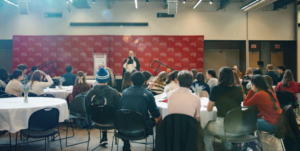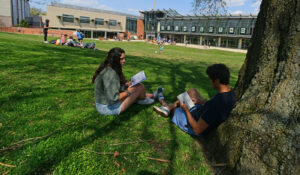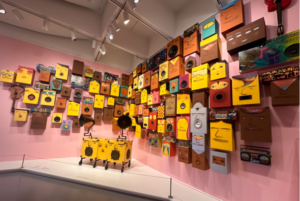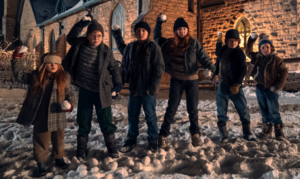CUA Students Affected by Hurricane Irma’s Devastation in Florida
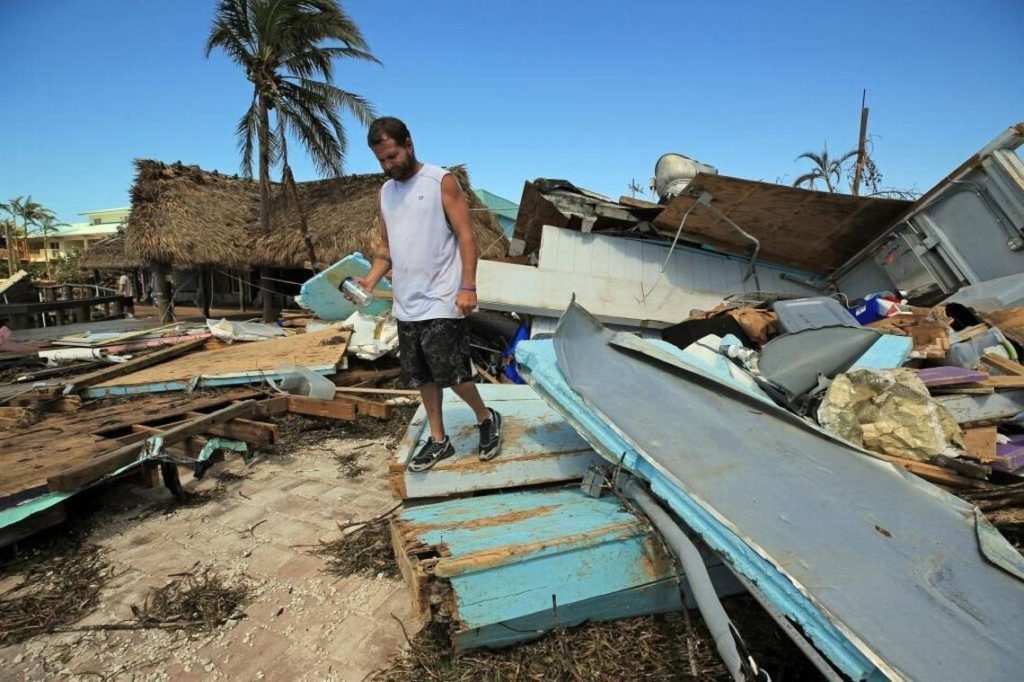
By Alex Santana
On Sunday, September 10, 2017, at 9:10 A.M., Hurricane Irma made landfall in the southernmost part of Florida and would go on to cause power outages to almost 5 million homes and businesses across the Sunshine State over the next few days.
The most severely affected part of Florida and the direct hit of the hurricane was north of Key West to Marathon in the famous Florida Keys. The Florida Keys, about 110 miles south of Miami, had fallen trees blocking roads and debris scattered across neighborhoods. “When we got to the Keys, we saw a lot of boats washed ashore,” said Florida Governor Rick Scott. “Almost every trailer park, everything was overturned.” Based on initial estimates, 25% of the houses on the chain of islands have been destroyed, the Federal Emergency Management Agency (FEMA) said Tuesday. Another 65% suffered major damage. Around 79,000 people live in the Florida Keys in popular tourist locations like Key West, Key Largo, Islamorada, and Marathon. “Basically, every house in the Keys was impacted some way,” FEMA Administrator Brock Long said.
In Miami, downed power wires, misplaced trees, and flooding were widely present. According to the Miami Herald, some “marinas suffered their worst storm damage in 12 years after Hurricane Irma thrust Biscayne Bay waters well ashore. The vast majority of boats tied to docks and piers survived. But there were ugly exceptions: Sailboats sent to the bottom at Dinner Key Marina, their masts jutting skyward from the sea. Luxury fishing yachts tossed onto piers and half submerged next to the Monty’s restaurant. A multi-ton cement dock lifted up onto the sea wall at the Grove Harbour Marina. Biscayne Bay washed up on Brickell Avenue, downtown Miami and over much of North Bay Village.”
The family of Olivia Perez, a psychology major from the Class of 2020, evacuated from their home in Miami due to the hurricane. “My family was able to evacuate and I thank God for that but I hope my home and my other family members stayed safe in the tough winds and rough waters that hit Florida.”
The Miami Herald also reported that three cranes at under-construction buildings across South Florida collapsed due to Hurricane Irma. “The first to go was a crane at an apartment building in downtown Miami around 10:30 a.m. Sunday. Hours later, the winds brought down a second crane at a condo tower in Miami’s Edgewater neighborhood, roughly two miles north. Then, later in the afternoon, the flailing arm of a crane at an oceanfront Fort Lauderdale condo.”
Blaise Cardonne, a music major from the Class of 2020 was happy that the Miami community did not suffer major damages. “I felt that this hurricane was going to do a lot of damage in Miami since it was so big. Thankfully no major damages happened to the houses and the families are safe.”
There were also effects to two schools and the Miami Marlins Stadium. Storm surge from Hurricane Irma caused multiple boats that were in nearby Dinner Key Marina to wash up onto Ransom Everglades’ football field. Ransom Everglades is a private 6-12 school located right on Biscayne Bay. The retractable roof of Miami Marlins’ baseball stadium suffered some damage. There were also municipalities across Miami-Dade County that were negatively affected. 90 percent of the City of Miami Beach’s traffic signals were not operating. Keys Gate Charter High School, located in the City of Homestead, lost its roof.
The family and friends of Ted Huertas, an accounting major from the Class of 2020, were prepared due to having experienced previous hurricanes. “My family and friends are all doing well and are safe. They all knew how to prepare correctly from previous hurricanes.”
Florida’s two U.S. Senators, Marco Rubio and Bill Nelson, toured the damage caused by Hurricane Irma on Monday via a U.S. Coast Guard plane. “Fifteen billion dollars is only going to last us a few weeks,” Senator Nelson said. “By the middle of October, we’ll have to do another emergency supplemental appropriation.” There has been a total of at least 27 deaths attributed to Hurricane Irma. According to the Miami Herald, “Karen Clark and Co., a Boston-based firm that analyzes risk, estimated total losses, including the Caribbean, at $25 billion. Florida accounts for most of the $18 billion in the U.S., followed by Georgia, South Carolina and Alabama.”
Alejandro Ros, a biomedical engineering major from the Class of 2020, was concerned about those affected throughout Florida and the Caribbean. “I was relieved to find out that the hurricane would not directly hit Miami, but my prayers go out to the people in the path of the hurricane,” he said. “I hope everyone in Florida and the Caribbean is safe, and that their homes and memorabilia are not destroyed.”
On Thursday, September 14, President Donald Trump and First Lady Melania Trump as well as Vice President Mike Pence visited Florida to meet with first responders in Naples and Fort Myers as well as with elected officials like Florida Governor Rick Scott, Florida Senator Marco Rubio, and members of Congress Mario Diaz-Balart and Francis Rooney. The President gave out sandwiches to local residents and said, “We are there for you 100 percent. I’ll be back here numerous times.”

